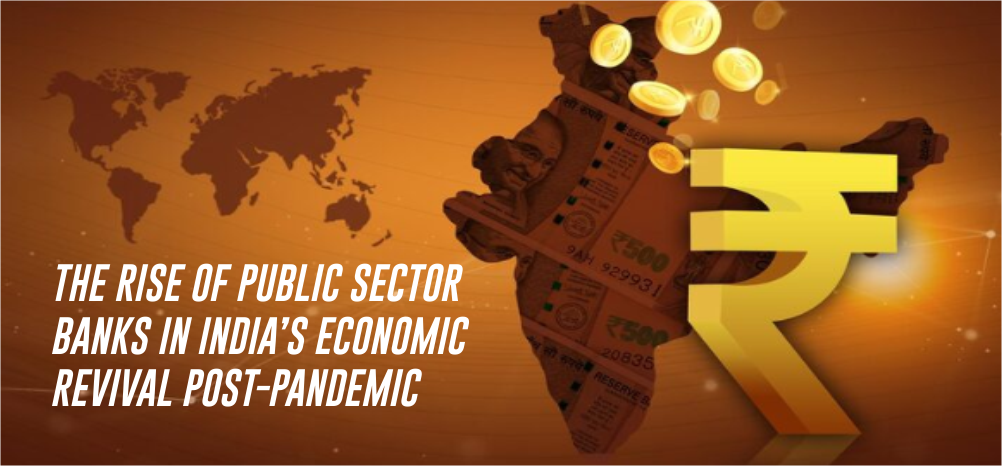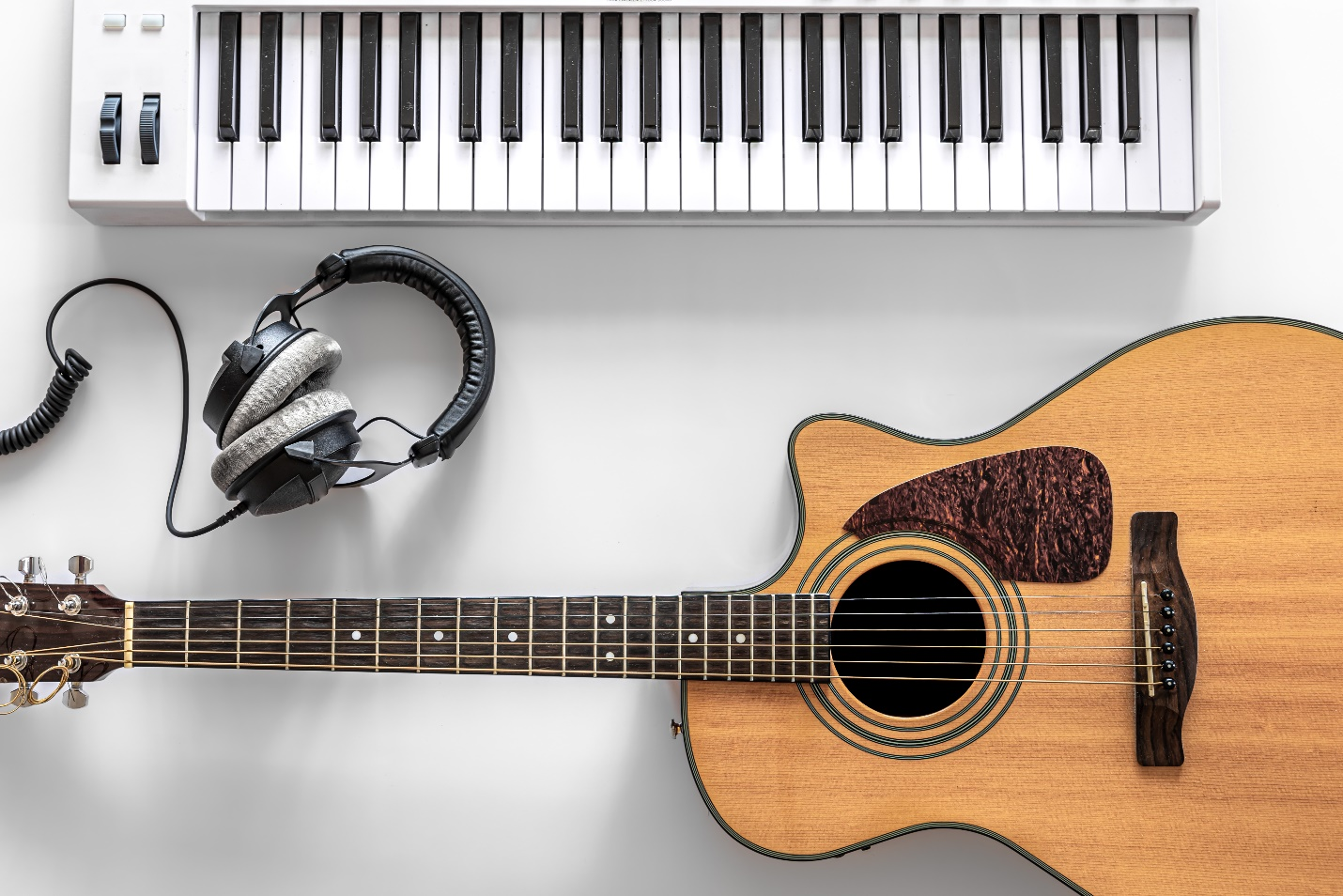Indian media industry has tremendous scope for growth in all the segments due to rising income and evolving lifestyle.
India is rapidly emerging as a global creative powerhouse, driven by its talent pool, cultural richness, and technological advancements. According to the EY report titled "A Studio Called India", the country's media infrastructure is expanding, with animation and VFX costs in India being 40% to 60% lower than in the West, supported by a workforce of around 2,60,000 skilled professionals.
As of 2024, between 2 to 2.5 million digital creators are influencing over Rs. 29,60,300 crore (US$ 350 billion) in annual consumer spending, a number expected to surpass Rs. 84,58,000 crore (US$ 1 trillion) by CY30.
In the Union budget of FY26 the Ministry of Information and broadcasting received Rs. 4,358 crore (US$ 515.5 million).
The Indian M&E sector grew to Rs. 2,50,000 crore (US$ 29.4 billion) in 2024 (a 3.3% increase YoY). It is projected to grow ~7.2% in 2025 to Rs. 2,70,000 crore (US$ 31.6 billion), and at a 7% CAGR to Rs. 3,10,000 crore (US$ 36.1 billion) by 2027.
The Indian entertainment sector could unlock an estimated Rs. 50,724 crore (US$ 6 billion) in unrealised value by FY30, according to a recent industry report. This growth potential is attributed to international collaboration, technology adoption, and strategic changes in content creation.
Indian advertising revenues is projected to grow at a CAGR of 9.4% to reach Rs. 1,58,000 crore (US$ 19.2 billion) in FY28, which is 1.4x the global average of 6.7%.
The online gaming and sports sector in India is growing at a CAGR of 19.2% and is projected to reach Rs. 39,583 crore (US$ 4.8 billion) by FY28.
The total music (live, recorded and digital) revenue grew from Rs. 2,416 crore (US$ 293 million) in FY19 to Rs. 6,686 crore (US$ 811 million) in FY23. It is expected to cross Rs. 10,899 crore (US$ 1.3 billion) by FY28, growing at a CAGR of 10.3%.
OTT platform revenues in India are projected to grow at a remarkable CAGR of 14.9%, the highest among the top 15 countries, to reach Rs. 35,061 crore (US$ 4.25 billion) by FY28.
India's Animation and VFX sector is projected to grow from US$ 1.3 billion in 2023 to US$ 2.2 billion by 2026, increasing its share of the media and entertainment (M&E) industry from 5% to 6%, according to a CII GT report.
As per EY-FICCI report, the number of employees in the online gaming sector was 100,000 in 2023, and this figure is projected to increase to 250,000 by 2025.
As per the COTT Annual Report of 2023, the digital revenue for the year stood at an Rs. 63,200 crore (US$ 7.59 billion). Out of this revenue, there was a significant contribution from various streams with Rs. 31,800 crore (US$ 3.82 billion) were generated from AVOD (Advertising-based Video on Demand) and SVOD (Subscription-based Video on Demand) platforms, with AVOD accounting for Rs. 21,900 crore (US$ 2.63 billion) and SVOD for Rs. 9,900 crore (US$ 1.19 billion) respectively.
As per the EY report, over the past three years, the online gaming industry in India has grown at a CAGR of 28%, reaching Rs. 16,428 crore (US$ 1.97 billion) and is likely to reach Rs. 33,243 crore (US$ 3.99 billion) by FY28.
India's Animation and VFX sector is projected to grow from US$ 1.3 billion in 2023 to US$ 2.2 billion by 2026, increasing its share of the media and entertainment (M&E) industry from 5% to 6%, according to a CII GT report.
Key growth drivers included rising demand for content among users and affordable subscription packages. The Indian mobile gaming market is poised to reach US$ 7 billion, in value, by 2025.
The music industry is expected to reach US$ 445 million by 2026 from US$ 180 million in 2019. Growth of the sector is attributable to the trend of platform such as YouTube that continues to offer recent and video content-linked music for free, which is expected to drive the paid OTT music sector reaching ~5 million end-users by 2023, generating revenue of ~Rs. 2 billion (US$ 27 million).
By 2025, the number of connected smart televisions is expected to reach ~40-50 million. 30% of the content viewed on these screens will be gaming, social media, short video, and content items produced exclusively for this audience by television, print and radio brands. Video viewers increased 7% (36 million) in 2023 to reach 563 million, which is around 98% of smartphone owners and wired broadband subscribers. Total online video content investment in India stood at Rs. 125 billion (US$ 1.51 billion) in 2023, representing a 52% increase over 2022 due to more than a twofold growth in sports rights values.
By 2025, ~600-650 million Indians, will consume short-form videos, with active users spending up to 55 to 60 minutes per day.
OTT video services market (video-on-demand and live) in India is likely to grow US$ 4.1 billion in 2024 and reach US$ 7 billion by 2027, driven by rapid developments in online platforms and increased demand for quality content among users.
India’s Direct-To-Home (DTH) Services market is expected to expand to US$ 7.59 billion in 2029 from US$ 6.48 billion in 2023, growing at a CAGR of 2.8%.
The Government of India has supported this sector's growth by taking various initiatives such as digitizing the cable distribution sector to attract greater institutional funding, increasing Foreign Direct Investment (FDI) limit from 74% to 100% in cable and direct-to-home (DTH) satellite platforms and granting industry status to the film industry for easy access to institutional finance. FDI inflows in the information and broadcasting sector (including print media) stood at Rs. 75,590 crore (US$ 11.7 billion) between April 2000 and March 2025.
India’s media and entertainment industry is the fifth largest globally, valued at about Rs. 2,50,000 crore (US$ 30 billion) in FY24 and is projected to grow at a CAGR of around 7% to Rs. 3,10,000 crore (US$ 36 billion) by FY27.
The Indian gaming sector has raised a total of US$ 2.8 billion from domestic and global investors, over the last five years.
To ease filming in railways, the Film Facilitation Office (FFO) set up in the National Film Development Corporation (NFDC) collaborated with the Ministry of Railways to develop an integrated single window filming mechanism to streamline the permission process for filming across railway premises. The government also announced that it is working towards creating a National Centre of Excellence for AVGC (animation, visual effects, gaming, and comics).
Mr. Apurva Chandra, Secretary, Ministry of Information & Broadcasting, Government of India announced that the government is working to soon bring an Animation, Visual Effects, Gaming and Comic (AVGC) policy and create an AVGC Mission.
In August 2023, Netflix inked a “first-of-its-kind” deal with Jio Platforms to bundle the streaming service with the carrier’s two pay-as-you-go plans as the American giant pushes to expand its subscriber base in the key Asian market.
In April 2023, Prime Minister Mr. Narendra Modi commissioned Low Power FM Transmitters with a capacity of 100 watt at 91 locations. These transmitters have been installed in 84 districts of 20 states. With this, the network of transmitters with All India Radio has increased from 524 to 615. This addition will further boost the coverage of AIR to 73.5% of the population of the country.
Reliance and Disney have finalised a Rs. 70,532 crore (US$ 8.5 billion) merger, forming India’s largest media giant with 100+ TV channels and two leading streaming platforms.
A partnership was announced in April 2023 between the Ministry of Information & Broadcasting and Amazon India in the field of media, entertainment, and public awareness.
According to EY, print media’s revenue is anticipated to increase by 3.4% between 2023-2026 as a result of increased government and corporate advertising spending.
India’s media and entertainment industry is on a strong growth trajectory, powered by digital innovation, rising consumer demand, and supportive government initiatives. With global collaborations, new-age technologies, and a rapidly expanding creative ecosystem, the sector is set to unlock significant opportunities in the years ahead. Positioned as a global hub for content, talent, and investment, India is poised to play a defining role in shaping the future of media and entertainment worldwide.














